You can make such a plot using the excellent Caret package. The section on Customizing the tuning process will be very helpful.
Also, you can check out the well written blog posts on R-Bloggers by Joseph Rickert. They are titled "Why Big Data? Learning Curves" and "Learning from Learning Curves".
UPDATE
I just did a post on this question Plot learning curves with caret package and R. I think my answer will be more useful to you. For convenience sake, I have reproduced the same answer here on plotting a learning curve with R. However, I used the popular caret package to train my model and get the RMSE error for the training and test set.
# set seed for reproducibility
set.seed(7)
# randomize mtcars
mtcars <- mtcars[sample(nrow(mtcars)),]
# split iris data into training and test sets
mtcarsIndex <- createDataPartition(mtcars$mpg, p = .625, list = F)
mtcarsTrain <- mtcars[mtcarsIndex,]
mtcarsTest <- mtcars[-mtcarsIndex,]
# create empty data frame
learnCurve <- data.frame(m = integer(21),
trainRMSE = integer(21),
cvRMSE = integer(21))
# test data response feature
testY <- mtcarsTest$mpg
# Run algorithms using 10-fold cross validation with 3 repeats
trainControl <- trainControl(method="repeatedcv", number=10, repeats=3)
metric <- "RMSE"
# loop over training examples
for (i in 3:21) {
learnCurve$m[i] <- i
# train learning algorithm with size i
fit.lm <- train(mpg~., data=mtcarsTrain[1:i,], method="lm", metric=metric,
preProc=c("center", "scale"), trControl=trainControl)
learnCurve$trainRMSE[i] <- fit.lm$results$RMSE
# use trained parameters to predict on test data
prediction <- predict(fit.lm, newdata = mtcarsTest[,-1])
rmse <- postResample(prediction, testY)
learnCurve$cvRMSE[i] <- rmse[1]
}
pdf("LinearRegressionLearningCurve.pdf", width = 7, height = 7, pointsize=12)
# plot learning curves of training set size vs. error measure
# for training set and test set
plot(log(learnCurve$trainRMSE),type = "o",col = "red", xlab = "Training set size",
ylab = "Error (RMSE)", main = "Linear Model Learning Curve")
lines(log(learnCurve$cvRMSE), type = "o", col = "blue")
legend('topright', c("Train error", "Test error"), lty = c(1,1), lwd = c(2.5, 2.5),
col = c("red", "blue"))
dev.off()
The output plot is as shown below:


